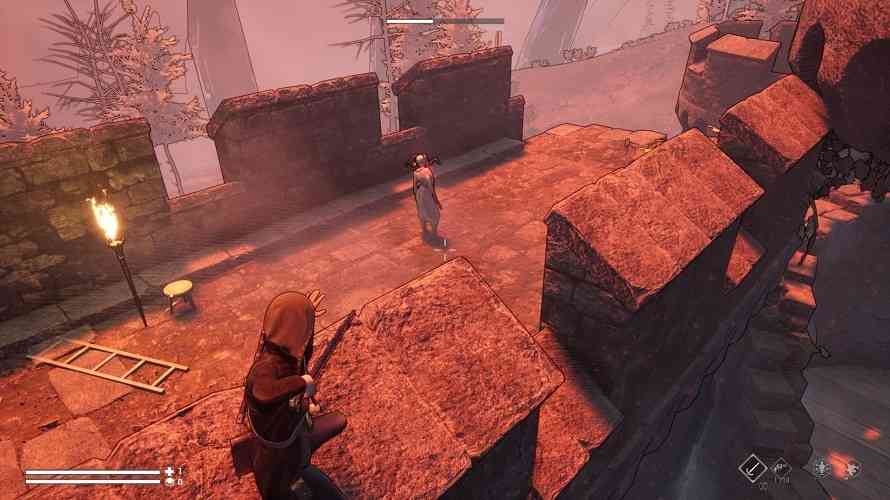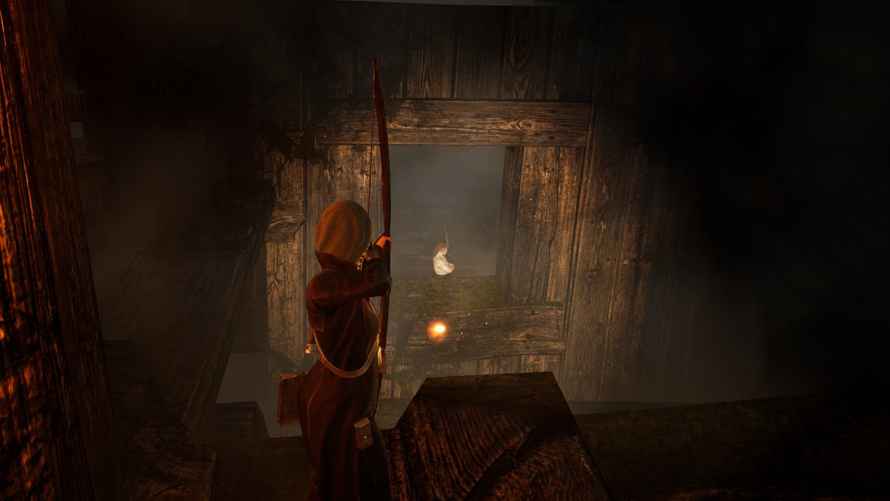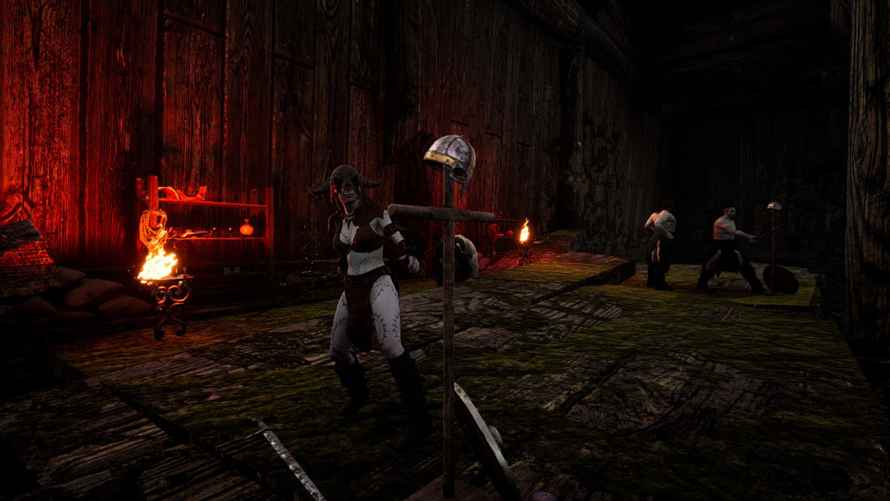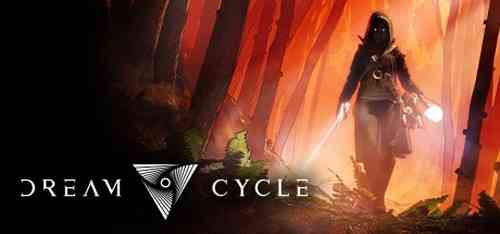Dream Cycle Review
When it comes to writers who have inspired fantasy and horror games, H.P. Lovecraft has to lead the list. It isn’t hard to understand the appeal. Lovecraft wasn’t much of a stylist, but boy, could he imagine creepy, nightmarish, and downright weird monsters and worlds. One of Lovecraft’s fictional creations was the “Dreamlands,” a collection of alternative dimensions. Exploring the Dreamlands is one of the central narratives of Dream Cycle.
Turns out, you CAN die in dreams.
Dream Cycle is a third-person action game about a young Scottish sorceress named Morgan Carter. Morgan leaves the real, waking world to venture through the Dreamlands to save her friend Erin, and fight the evil forces that have begun to bleed into our everyday world. Because Dream Cycle also includes roguelike mechanics, Morgan returns to a tower hub portal called Deep Gate when she dies, stripped of her weapons. The narrative unfolds — as they often do in adventure games — via notes found in the environment, and info dumps from NPCs.

Each of the many Dreamlands is a different, procedurally generated environment. Some are misty forests while others are vaguely medieval castles, with clear nods to Dark Souls’ Undead Burg and Blighttown. The worlds are expansive but often empty and a bit featureless. Since there’s no map, it’s easy to waste a lot of time aimlessly wandering. Morgan has the ability to leave her body and do some astral exploration, looking for and tagging points of interest. It would be useful for the game to point the player to objectives a little more precisely. Although she has the ability to use a form of “second sight” to see important objects in the world, this mechanic is a bit glitchy. For each world, Morgan has a set of objectives, like kill a specific number of enemies or find X number of books. None of the objectives are especially interesting.
Nightmare Combat
Dream Cycle is an action RPG and folds in a few Soulslite (did I just coin a new term?) elements. Morgan can use various bladed weapons and a bow, plus offensive magic spells. When she dies, Morgan loses her weapons but she can buy them back from vending machines, which appear in the hub area and out in the world. Her moves include the ability to warp through gates and other barriers, which also serves as her dodge mechanic. She has a double jump that essentially allows her to glide for short distances, though not up vertical walls. There’s a difficult-to-describe feeling, however, of Morgan being disconnected from the environments as she moves through and around them.

This feeling of disconnection is especially strong during combat. Morgan’s melee and ranged weapons are useful, but the way enemies engage her is annoying. There’s a detection mechanic, but as soon as it registers that enemies see her, they’ve literally warped next to her and attacked, making ranged combat preferable. In the earlier, easier levels, surviving this kind of combat is relatively forgiving, but it’s never tactically interesting or fun. One thing successful Soulslike games try to get right is learned competence in combat, but this is absent in Dream Cycle. It’s a shame. The elements are there.
Like most fantasy action games, there are healing and mana potions, various collectibles and consumables, and items around the world that can be picked up to be used or exchanged for coin. There are actually at least five different types of currencies, an unnecessary complication. Each pairs to a specific upgrade. One currency buys spells, another, skills or weapons. In general, Dream Cycle doesn’t try too hard to innovate, but that’s not necessarily a bad thing. It flattens the learning curve.
The Usual Bug Hunt
Although they can be empty of life and a little hard to navigate, Dream Cycle’s Lovecraftian dreamlands are engaging to look at, with some atmospheric levels and variety of biomes. Unfortunately, the game is peppered with visual glitches and bugs. These range from item pickups that don’t work to camera placements that actually impede exploration and platforming. There are no mid-level saves. When you restart the game, it tosses you back to the hub and your progress through an area resets. The game’s interface is clean and easy to navigate, but most of the game’s interactions required held inputs. It’s an annoying mechanic in an action title.

Writing and voice acting is a mixed bag, though Morgan herself — by far the chattiest character — is well done. The writing is an inconsistent mixture of high fantasy/Lovecraftian mumbo jumbo juxtaposed with modern slang. I guess this makes sense given the premise. The music — by veteran composer Nathan McCree — and sound design fare a little better, adding tension and creepy atmosphere as needed.
Time to Wake Up
When I previewed Dream Cycle nearly a year ago, I connected with the game’s premise and still-in-development combat mechanics and movement. Those promising elements remain, but in the full game, they’re obscured by some technical issues and the need for a lot more polish and refinement. A third-person, Lovecraft-inspired action game is a great idea. Dream Cycle comes close to making it happen. It’s not quite a nightmare, but not the sweet dream I hoped it would be.
***PC code provided by the publisher for review***
The Good
- Interesting premise
- Engaging aesthetics
- Effective audio design and music
The Bad
- Bugs and visual glitches
- Combat can be frustrating
- Levels are pretty empty

